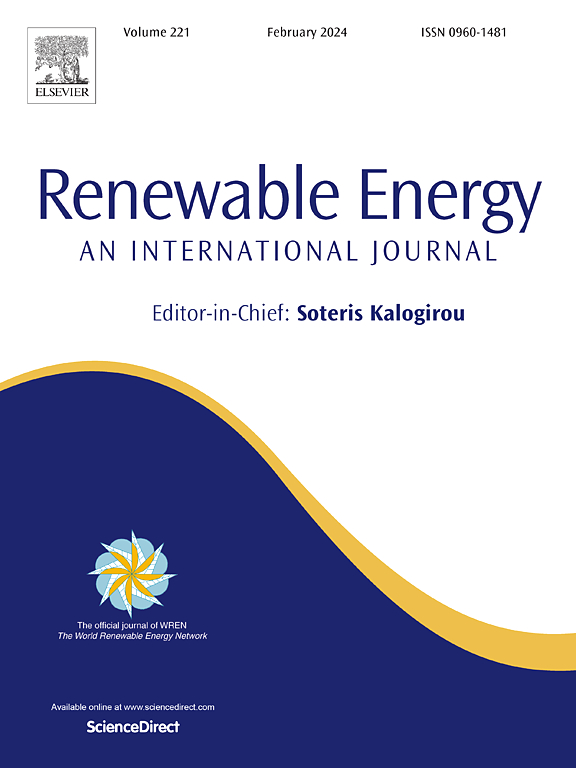从纳米纤维素模板制备介孔硅酸铝:孔隙度、形态和催化活性对生物燃料生产的影响
IF 9
1区 工程技术
Q1 ENERGY & FUELS
引用次数: 0
摘要
通过控制P123与纳米纤维素(NCC)的配比,采用溶胶-凝胶和水热相结合的方法合成了具有不同形貌和孔隙度的介孔硅酸铝(Al-MS)。随着NCC比的增加,Al-MS从具有六方孔的棒状形态转变为具有颗粒内细观结构的均匀纳米颗粒,从而阐明了NCC作为模板的作用。NCC浓度的增加降低了介孔的规整性。TEM分析显示Al-MS和Al-MS(0.25)为六方孔排列。相比之下,仅含NCC的Al-MS(1)表现出无序的介观结构。优化P123:NCC比可使Vmeso/Vmicro达到最佳值~ 18.65,这对提高油气收率至关重要。Al-MS(0.25)是茶树油脱氧(DO)活性最高的催化剂,对n-(C15+17)烃的转化率为95.98%,产率为50.77%,选择性为60.27%。总的来说,Al-MS(0.25)由于其良好的理化特性和酸度表现出优异的性能。本文章由计算机程序翻译,如有差异,请以英文原文为准。

Mesoporous aluminosilicate from nanocellulose template: effect of porosity, morphology and catalytic activity for biofuel production
Mesoporous aluminosilicate (Al-MS) with different morphology and porosity is synthesized using a combination of sol-gel and hydrothermal methods by controlling the ratio between P123 and nanocellulose (NCC). The role of NCC as templates is elucidated based on the transformation of Al-MS from rod-like morphology with hexagonal pores to uniform nanoparticles with intraparticle mesostructure at increasing NCC ratios. Increasing NCC concentration reduced the regularity of the mesopores. TEM analysis revealed a hexagonal pore arrangement for Al-MS and Al-MS (0.25). In contrast, Al-MS (1) with only NCC shows disordered mesostructure. Optimization of P123:NCC ratio enhances the Vmeso/Vmicro to reach the optimum value of ∼18.65, which is essential to enhance hydrocarbon yield. Al-MS (0.25) is the most active catalyst for deoxygenation (DO) of Calophyllum inophyllum oil, reaching 95.98 % conversion, 50.77 % liquid yield and 60.27 % selectivity towards n-(C15+17) hydrocarbon. In general, Al-MS (0.25) demonstrates outstanding performance owing to its good physicochemical characteristics and acidity.
求助全文
通过发布文献求助,成功后即可免费获取论文全文。
去求助
来源期刊

Renewable Energy
工程技术-能源与燃料
CiteScore
18.40
自引率
9.20%
发文量
1955
审稿时长
6.6 months
期刊介绍:
Renewable Energy journal is dedicated to advancing knowledge and disseminating insights on various topics and technologies within renewable energy systems and components. Our mission is to support researchers, engineers, economists, manufacturers, NGOs, associations, and societies in staying updated on new developments in their respective fields and applying alternative energy solutions to current practices.
As an international, multidisciplinary journal in renewable energy engineering and research, we strive to be a premier peer-reviewed platform and a trusted source of original research and reviews in the field of renewable energy. Join us in our endeavor to drive innovation and progress in sustainable energy solutions.
 求助内容:
求助内容: 应助结果提醒方式:
应助结果提醒方式:


